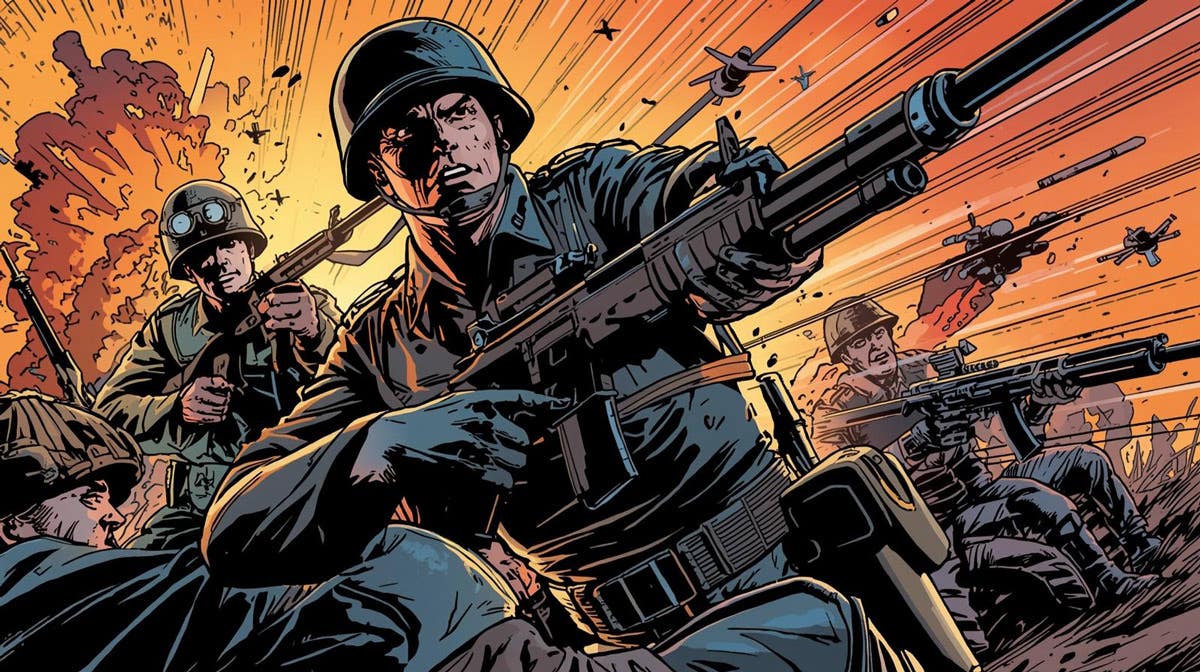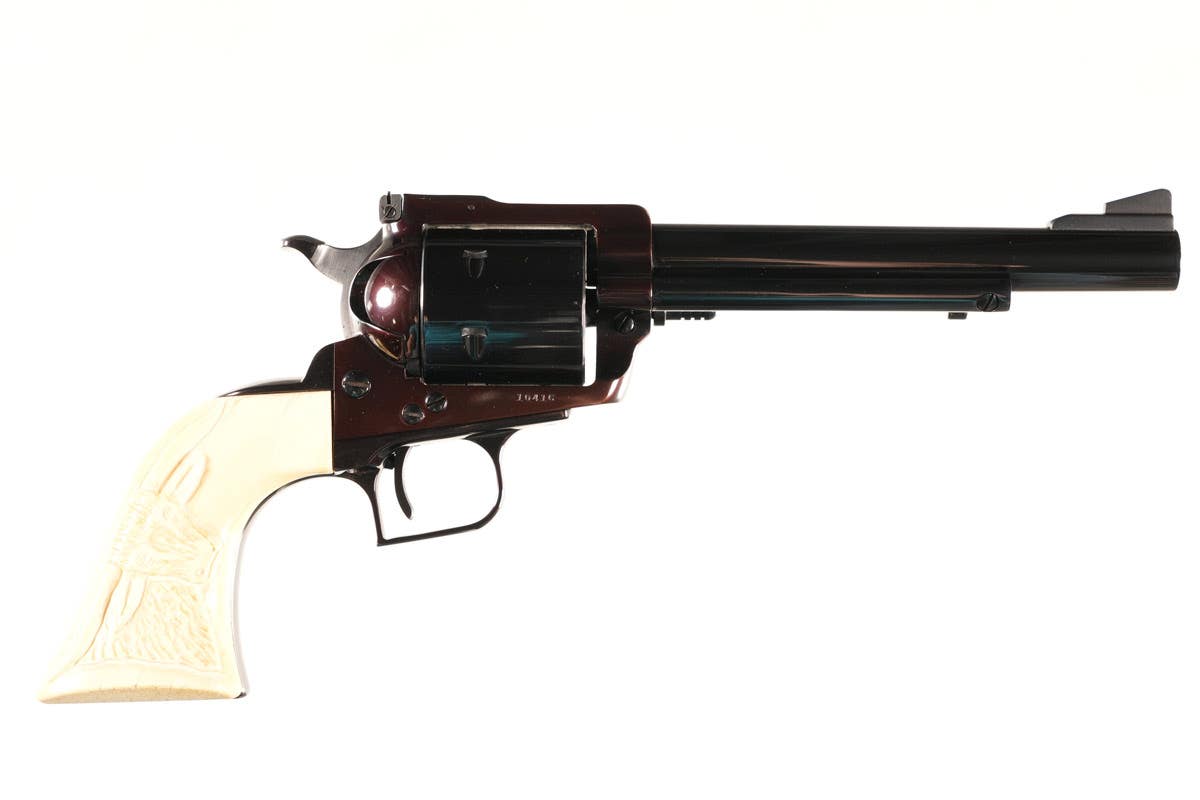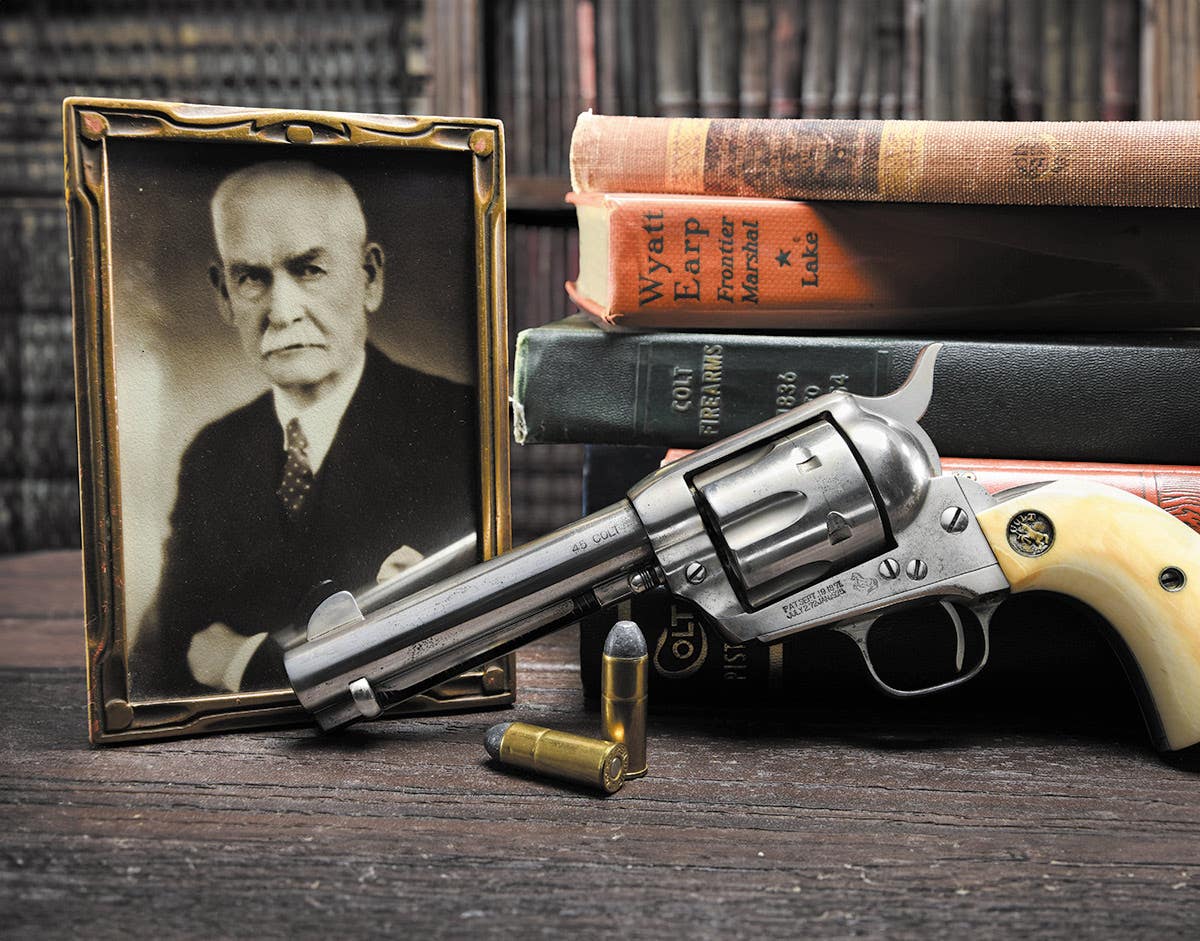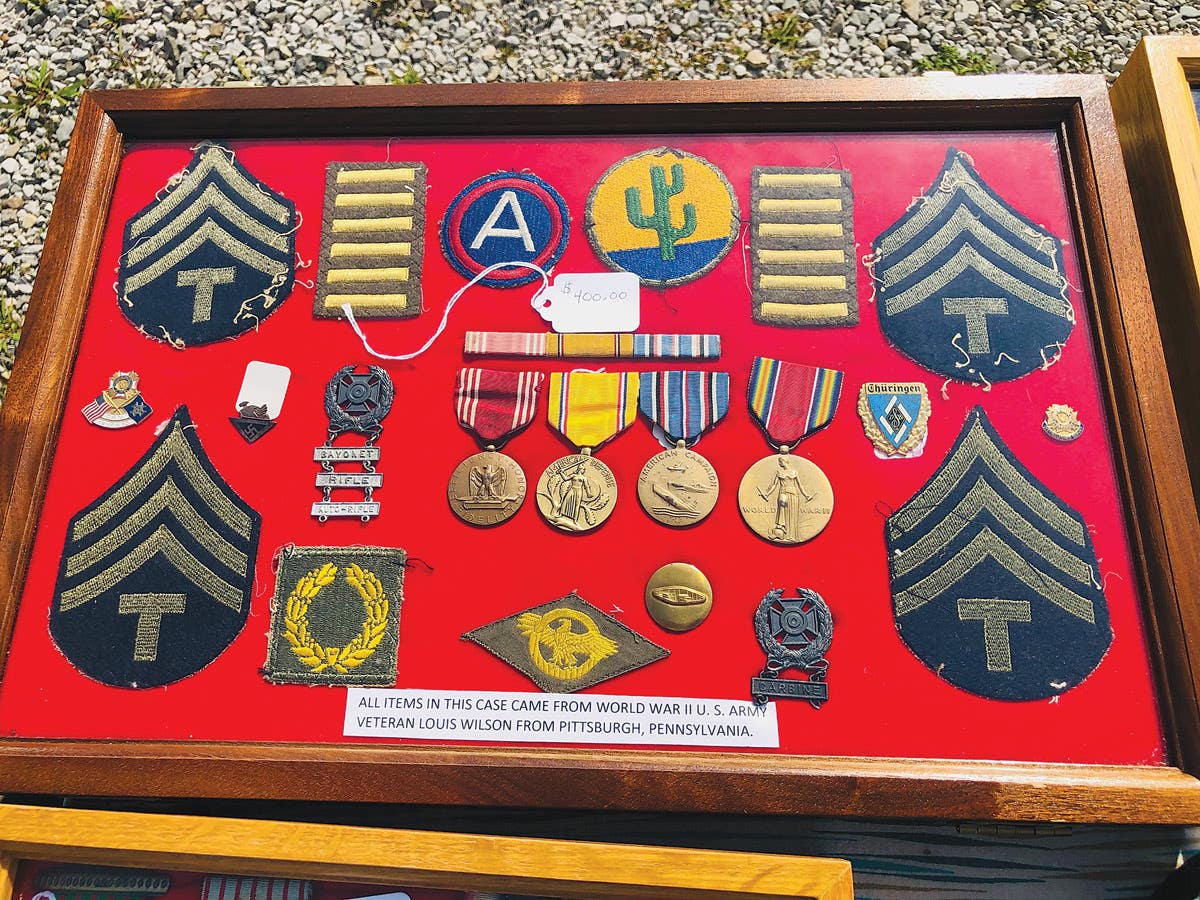Is Civil War collecting dead?
Greetings,The other day, a prominent militaria dealer contacted me. In all seriousness, he said, “John, let me ask you a question. Is Civil War collecting dead?” A long pause filled…
Greetings,
The other day, a prominent militaria dealer contacted me. In all seriousness, he said, “John, let me ask you a question. Is Civil War collecting dead?”
A long pause filled the space between his question and my attempt to reply: “ That’s a good question…and one a lot of us in the hobby have been asking”.
I suppose he felt I would have some crystal ball insight since I had authored a few books dealing with Civil War collecting, but the truth is, I haven’t collected anything Civil War related for many years.
But, I do watch a lot of sales and even maintain a database of recorded sales of Civil War firearms to use when updating the Standard Catalog of Civil War Firearms. The dealer’s apocalyptic question does strike some important chords in the hobby.
Certain areas of Civil War collecting can be best characterized as, “Flat, flat, flat!” Prices paid for some relics are the same or even less than those of ten years ago. The key in evaluating this, though, is “price paid”.
Many look at prices on dealer’s lists, eBay or show tables and are mistakenly led to believe that prices have been going up. This is only very minimally true. My conclusions about the state of the Civil War hobby follow. The same conclusions, however, can be applied to almost any other antique-based collectible during an economic downturn.
*High quality, unique items are going for inflated prices—sometimes these prices are shocking to old veteran collectors. Types of items in this category would include: Identified, engraved swords; identified headgear; uniforms with battle association; images with superior content (not just a guy with a beard, blouse and forage cap); weapons in Number One condition; weapons with strong, documented provenance; flags with documented unit affiliation; or high quality, documented Confederate-made weapons.
*Middle-of-the-road artifacts have actually lost value. Artifacts in this category would include common accouterments such as canteens, cartridge boxes, belts, boots (though brogans continue to rise in price), common belt plates (for example, oval US or CS); bayonets; weapons in less than pristine condition; mediocre images; projectiles; personal effects; common swords (for example, Model 1860 sabers, NCO swords or M1850 Foot Officer swords) and insignia. This is where people are the slowest to accept the reality of the hobby. The reality is, value of middle-of the-road artifacts has decreased because the supply is high. As people become more selective in their purchases, demand for mediocre relics has plummeted.
*Bottom-end relics are actually stabilized and selling at normal rates. This is common during an economic slow-down because a person’s desire to collect does not subside just because the money isn’t flowing in. Face it, collecting is a bit of an addiction and folks are going to continue to feed the disease. If the money isn’t there, a collector is going to find something else to fill that “need to collect.” These bottom-end relics are generally the items priced in the “Below $40” category”
Of course, these patterns are broad generalizations made in an attempt to characterize the state of the hobby. Some will be compelled to cite a counterexample to each case but these aren’t enough to change what are sweeping patterns in the Civil War and other collector-based hobbies.
SIMPLE LESSON FOR COLLECTORS
The same day that the militaria dealer called me, I received a first-ever phone call from one of my nephews. “Uncle John…You collect old stuff and know about those things. I have decided I want to collect something: Comic books. How should I do it?” I stifled the urge to chuckle, sneer or pass judgment, and, for the second time in one day, exercised enough self-control to consider my answer before I started preaching.
My advice to him was the same to any other collector (and that I make to myself whenever I feel a new collecting urge take root). I said to my nephew, “Nolan, there are five points that I suggest:
1) Study your field before you buy. Find out what basic prices are and what is considered rare, valuable or common and cheap. I am not a big fan of price guides (even though I have authored four of them!), but they are a good place to study the hobby and get an idea of relative value.
2) Be patient. This is a hard thing to do when the collecting juices are first flowing. With so many outlets to buy on the Internet, a person could go into debt real quick.
3) Forget quantity. No one is impressed with “big piles” and if they are, they probably aren’t worth impressing. Go for quality. Buy one, super piece instead of 100 cheap pieces. This is a hard one to follow. A lot of collectors really get a surge from going to junk shops, flea markets or antique stores and buying something for $5 or $10 that they think is worth $50 or $100. I explained to my nephew, “Small purchases are small potatoes.” If you are doing this because you want enjoyment while you invest, buy the highest quality you can afford. Quality always sells. Quantity is a fancy boat anchor that will eventually sink you.
4) When a superb piece comes available, be prepared to go “all-in”. Have the war-chest of money to back it up and know your limit. Collecting is a hobby. Don’t go into debt for it. Don’t charge items on a credit card. If you do, remember to add the interest you end up paying on the charge account when figuring out how much you have invested in something.
5) And finally, be careful when you tell yourself something is “worth x”. When I was a kid, I brought home a Nazi officer’s cap and told my dad, “It’s worth $325” when I tried to justify the $50 I had spent on it. His response, “Oh yeah, call up someone and sell it for that right now.” He called my bluff…he knew I bought the cap because I wanted it and that I was just blustering to justify the purchase. Sure, I saw similar caps on lists for $325 but that didn’t mean I could successfully sell it for that.
Something is “worth” what you can sell it for at that moment in time. I might think a common uniform in my collection is “worth $400", but I would be hard-pressed to sell it for that amount today if I had to. The truth of the matter is, if I were desperate to sell something to raise money, I would probably be forced to sell for considerably less than what it is “worth” to make the sale. However, some of my higher end, identified uniforms are more in the $2,500-$3,000 realm and to sell those, it would be just a matter of an email or phone call to a couple of fellow collectors. Quality always has customers. Quantity is the refuge of the bargain shopper.
SIMPLE ECONOMICS
My explanation of the state of the Civil War hobby or the five hints to collecting really isn’t anything new or groundbreaking. In fact, the explanation and the five hints are grounded in classical “supply and demand” economics. (I wish my Economics 101 professor who nearly failed me at the University of Wisconsin-Madison could see me now!).
Supply and demand economic theory really governs our hobby. For example, before the mini-series, "Band of Brothers", WWII U.S. airborne material was scarce and fairly expensive. After the series debuted, however, demand soared, the supply remained essentially the same, and prices sky-rocketed.
Similarly, before the fall of the Berlin Wall, Bulgarian helmets were scarce—commanding as much as $600 to the lucky few who could obtain one. Literally, overnight after the economic barriers fell between the East and West, the supply of Bulgarian helmets dramatically increased and the value dropped alarmingly to where one will be lucky to sell one for $65 regardless of “how much they have in it.” Supply is high, demand is about the same so prices drop. Supply-side economics.
Unfortunately, some in the military collecting hobby follow misguided economic principals. They believe, if they paid 'x' for something they are entitled to 'x plus something' when they decide to sell it. These folks are easily recognized if you inquire how much something costs and their answer begins with “Well, I’ve got 'x' in it…” What do we care how much a person has in it? We are not going to pay for someone else’s purchasing mistakes. If they spent too much on something, well, that is their problem. Supply and demand determines a sale price that works. These dealers can also be easily identified because they are the ones that display the same pieces at show after show or list after list.
Which brings us to the other basic principal of business. Folks who are in the military-dealing community truly as business people understand this next principal, but unfortunately weekend dealers seem to miss the point. Cash flow is the life-blood of your business. IF you bought something for resale and it doesn’t sell at the price you asking in a reasonable amount of time, you are better off to mark the price down (your supply is HIGH, the demand is LOW, so to make the sale, lower the price), make the sale and reinvest the money into something that has better sale potential. But, too many “dealers” are first, and foremost, collectors. They can’t bring themselves to part with something for less than they paid for it. They overlook the obvious that the longer they hold onto a piece the more it costs them: in carting around, displaying it, preserving it and most importantly, not having the cash it represents to invest in something else. The weekend dealer would rather die with an item than “take less than they paid for it.” Many do.
True “dealers” (those who are real business people), know that they are much better off taking a small loss and reinvesting than holding onto a bad purchase and waiting to one day recoup its purchase price. This hurts, but it is simple business practice and how any company survives. If Wal-Mart buys too many Tickle Me Elmos and demand does not clear the shelves, they don’t keep the Elmos on the shelves for the same price indefinitely with the hope that one day enough suckers will buy them. Of course not. That’s bad business. Rather, they slash the price to the point where even if a customer never even thought they would buy one of the furry little gigglers, they end up carrying one to the cash register. That’s how supply and demand economics works.
So, instead of carrying the same bushel of GI leggings to show after show trying to sell them for $35 a pair because “that’s what they are going for on eBay,” drop the price and create demand. At the end of the day, you will have a pocket of money to invest in something that has a better chance than all those leggings.
Successful dealers aren’t born. They study the market and adjust for it. But then, all collectors aren’t dealers…they simply shuffle their belongings as their interests change!
Keep finding the good stuff,
John A-G
John Adams-Graf ("JAG" to most) is the editor of Military Trader and Military Vehicles Magazine. He has been a military collector for his entire life. The son of a WWII veteran, his writings carry many lessons from the Greatest Generation. JAG has authored several books, including multiple editions of Warman's WWII Collectibles, Civil War Collectibles, and the Standard Catalog of Civil War Firearms. He is a passionate shooter, wood-splitter, kayaker, and WWI AEF Tank Corps collector.








